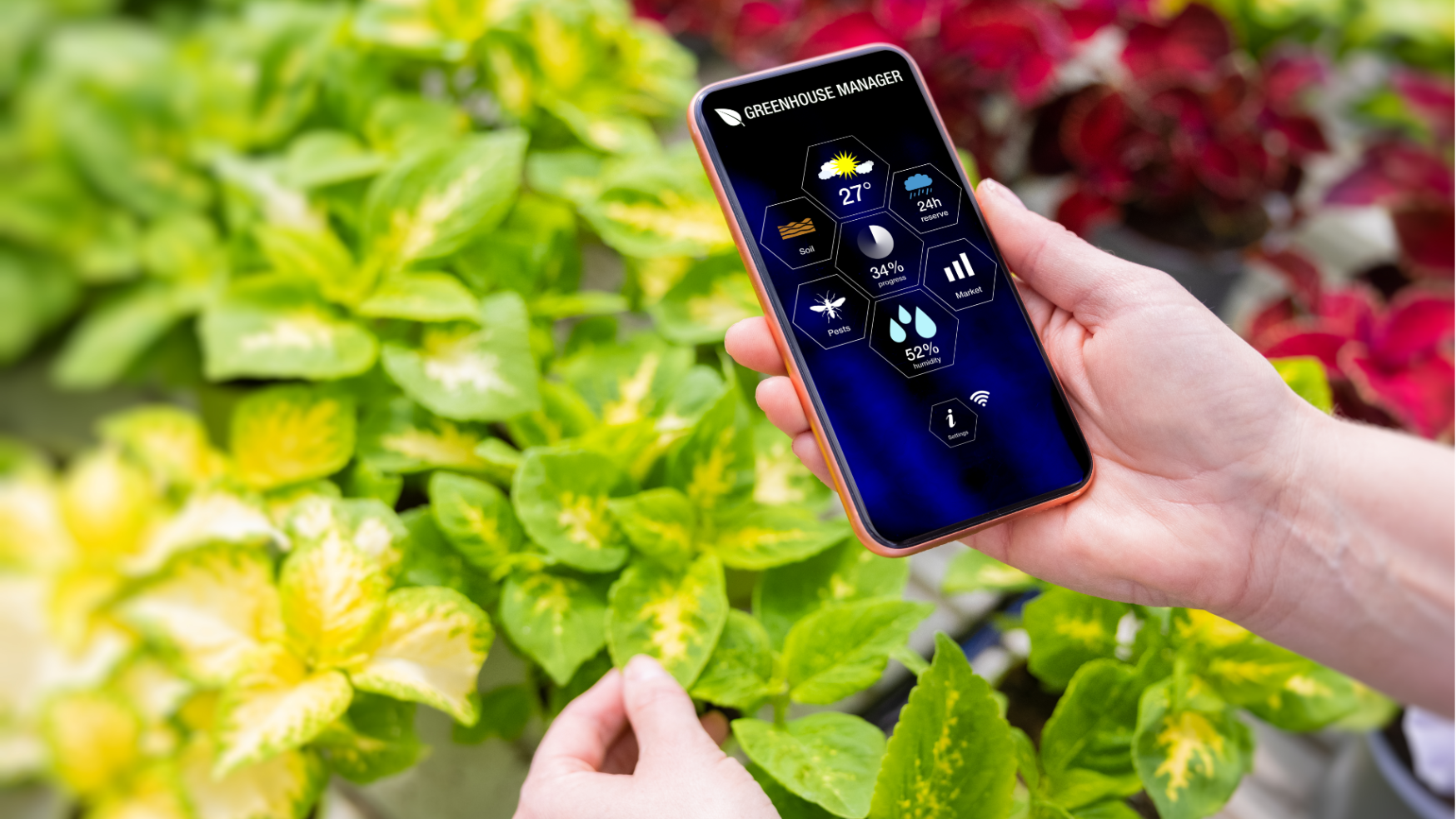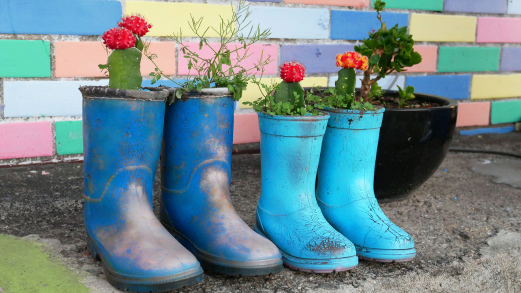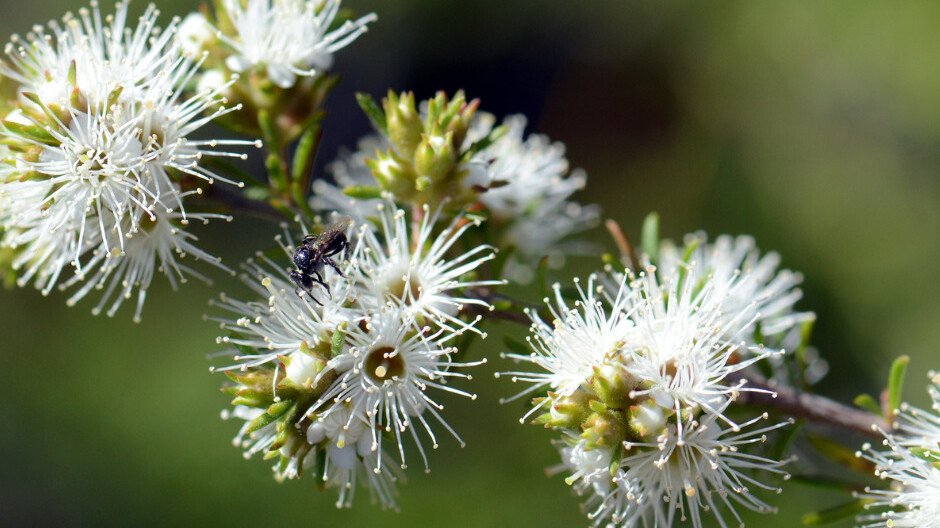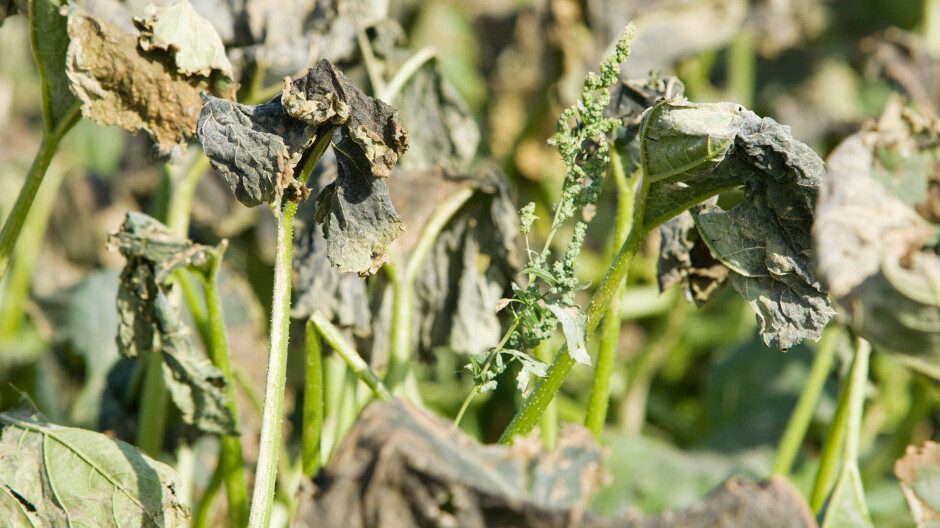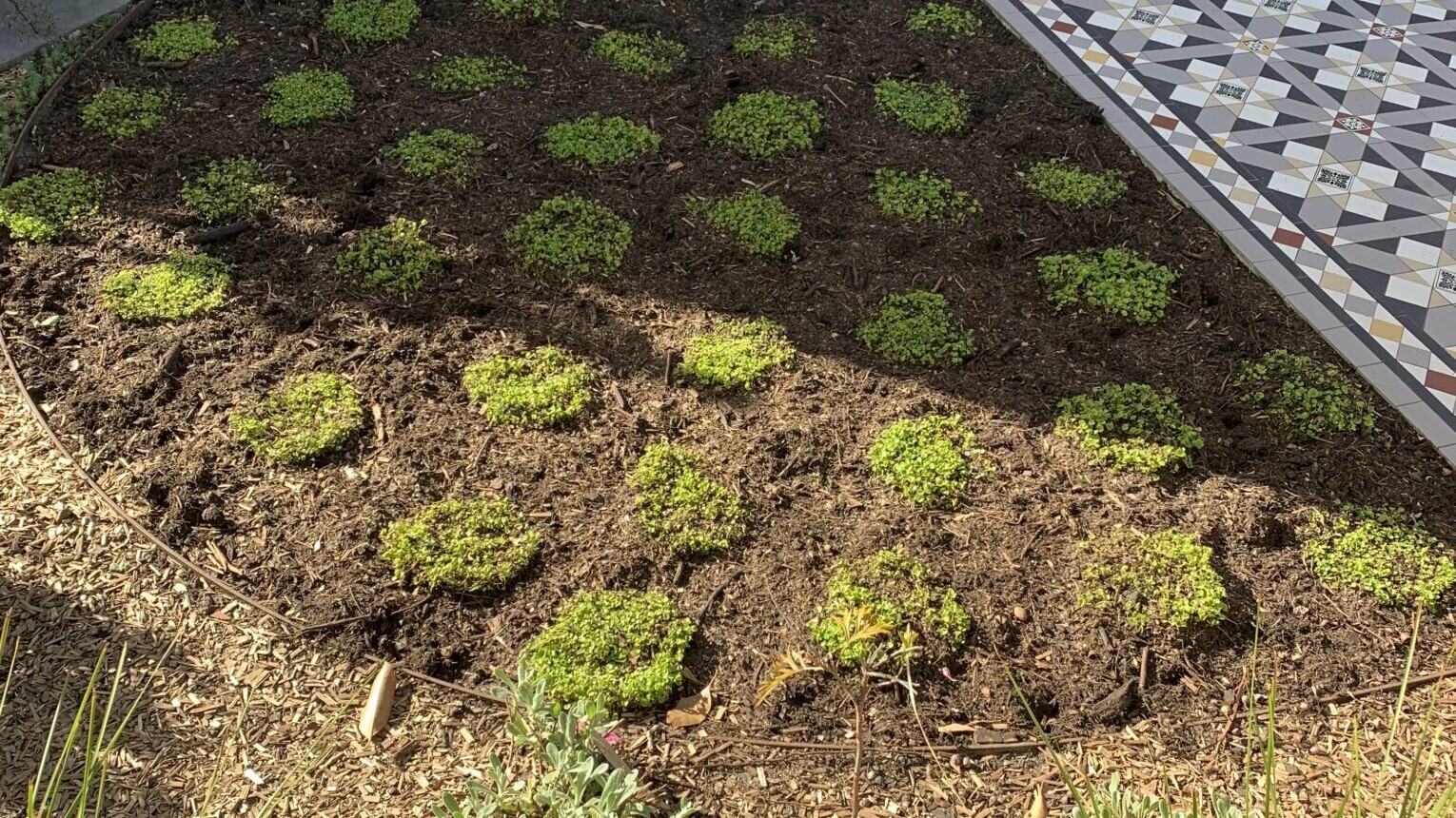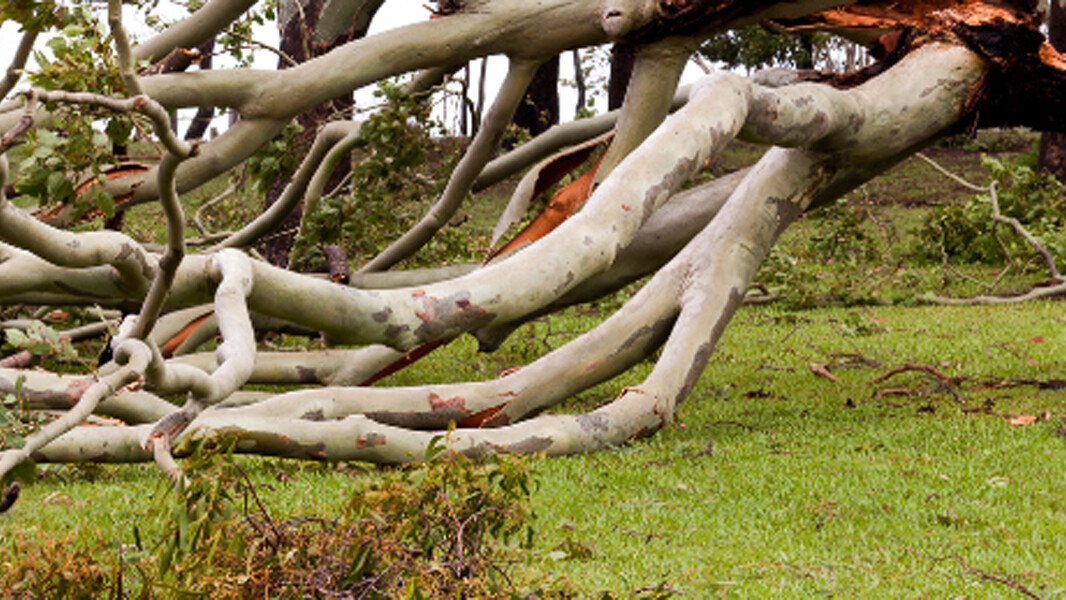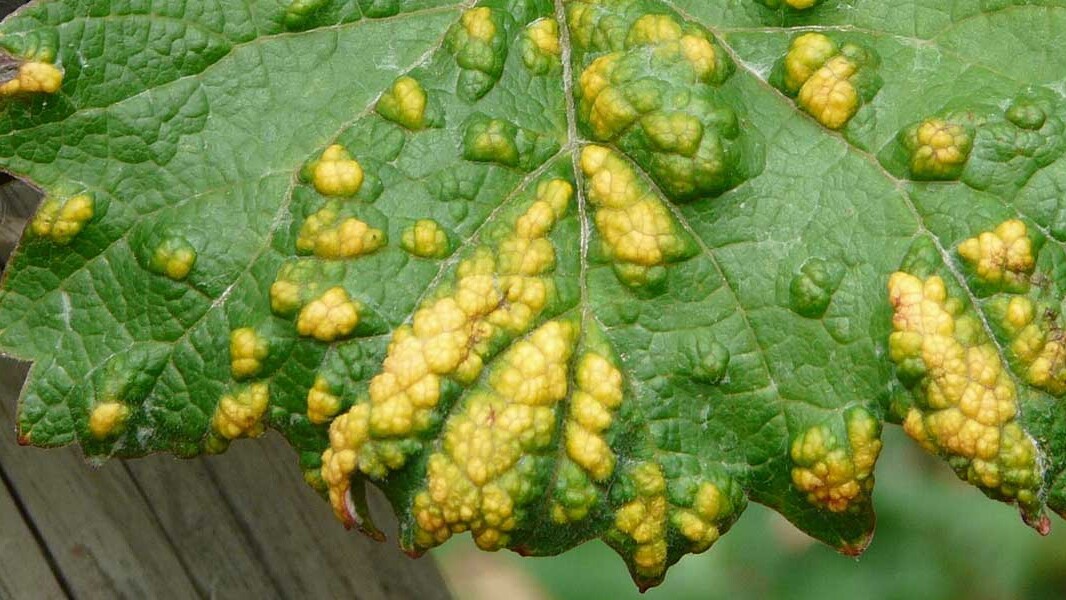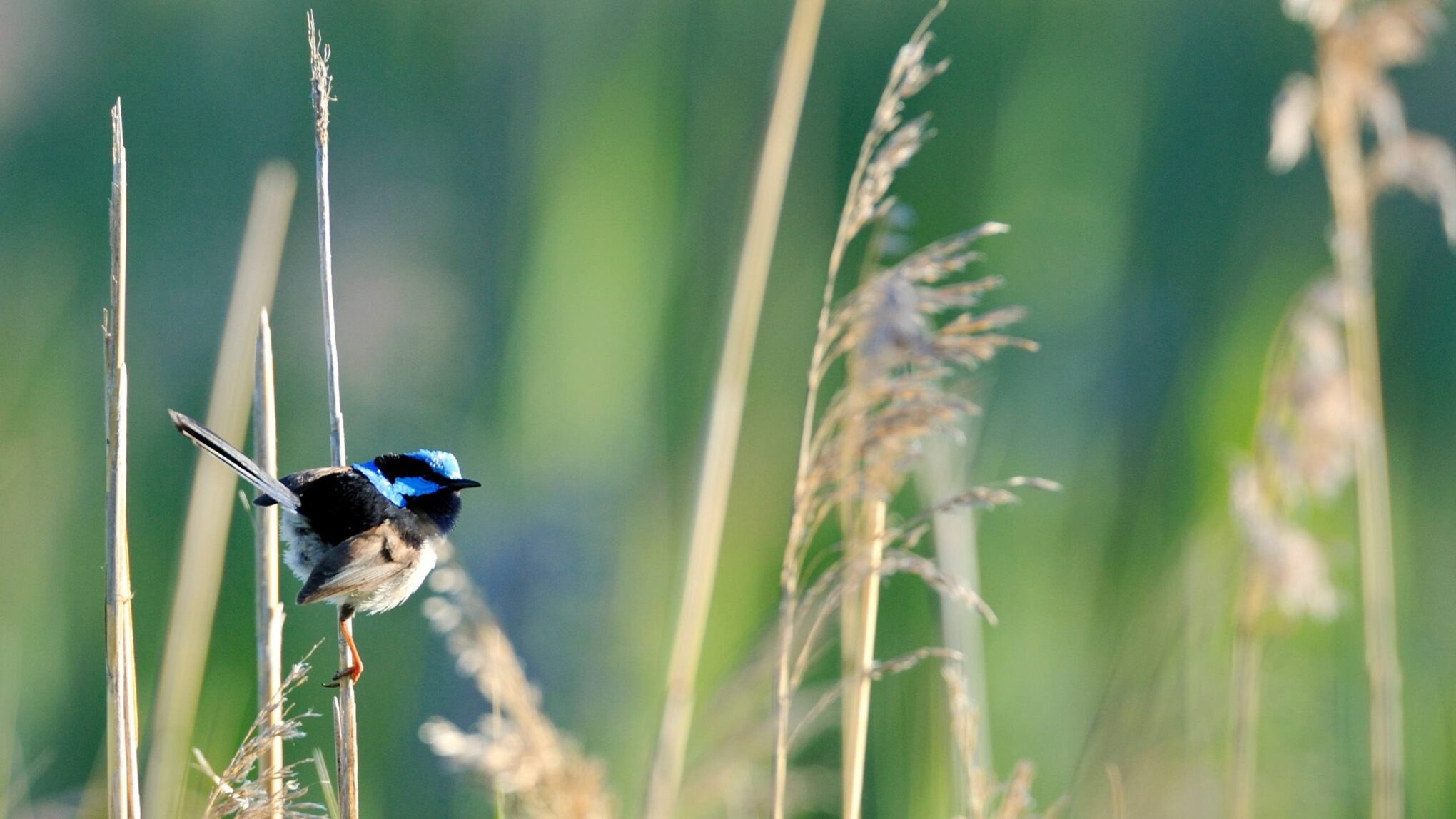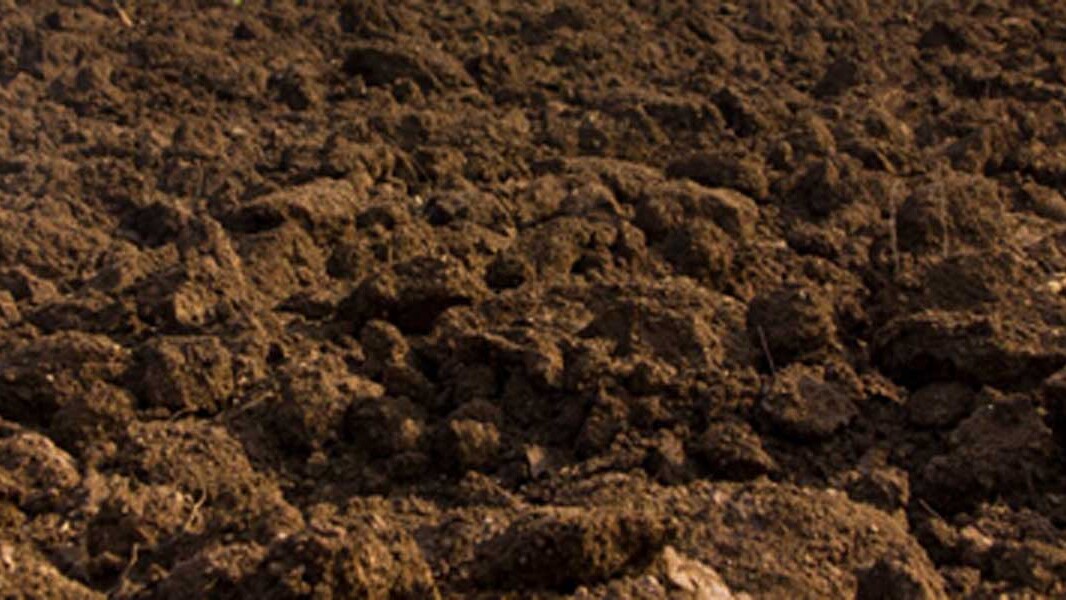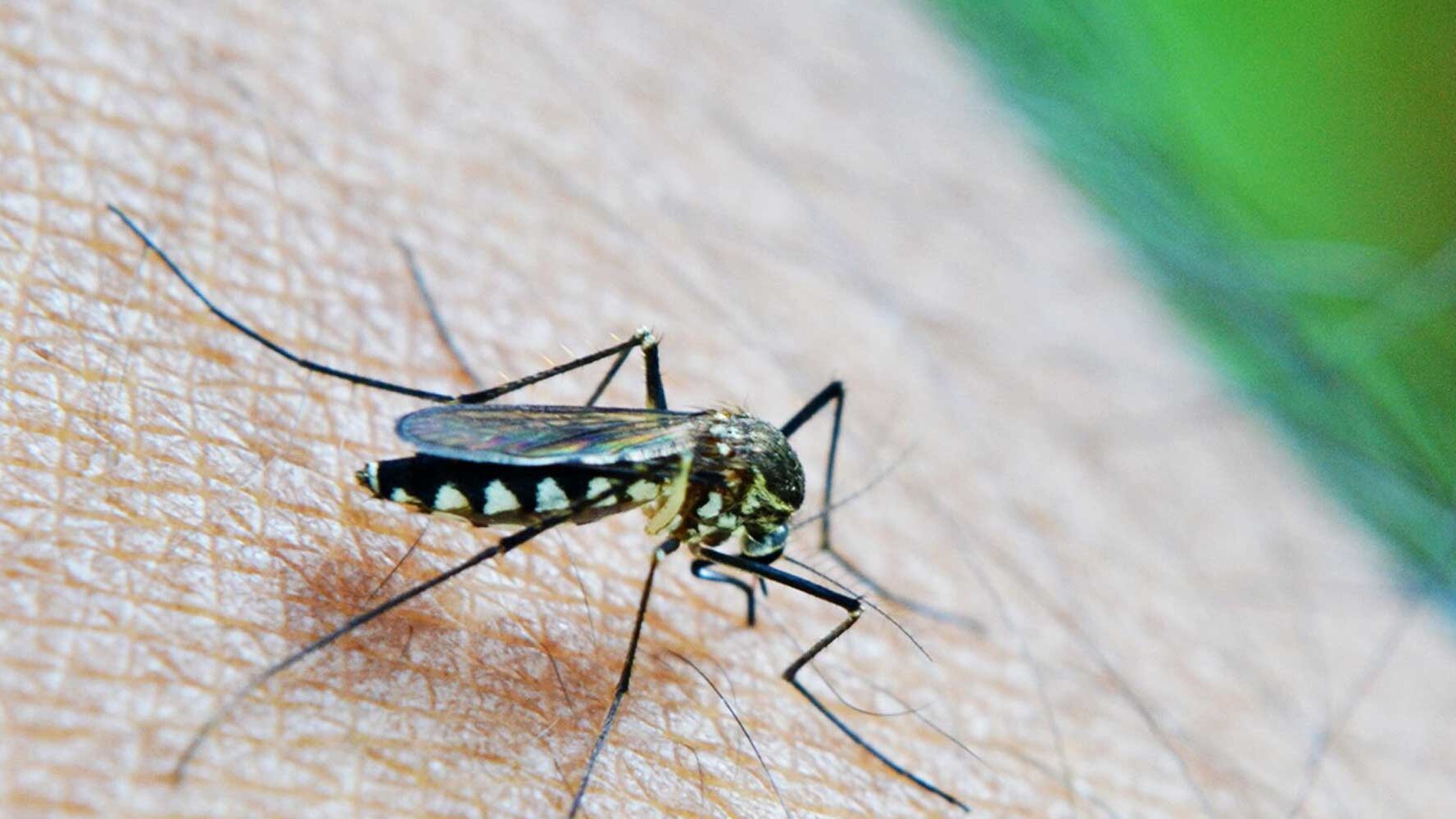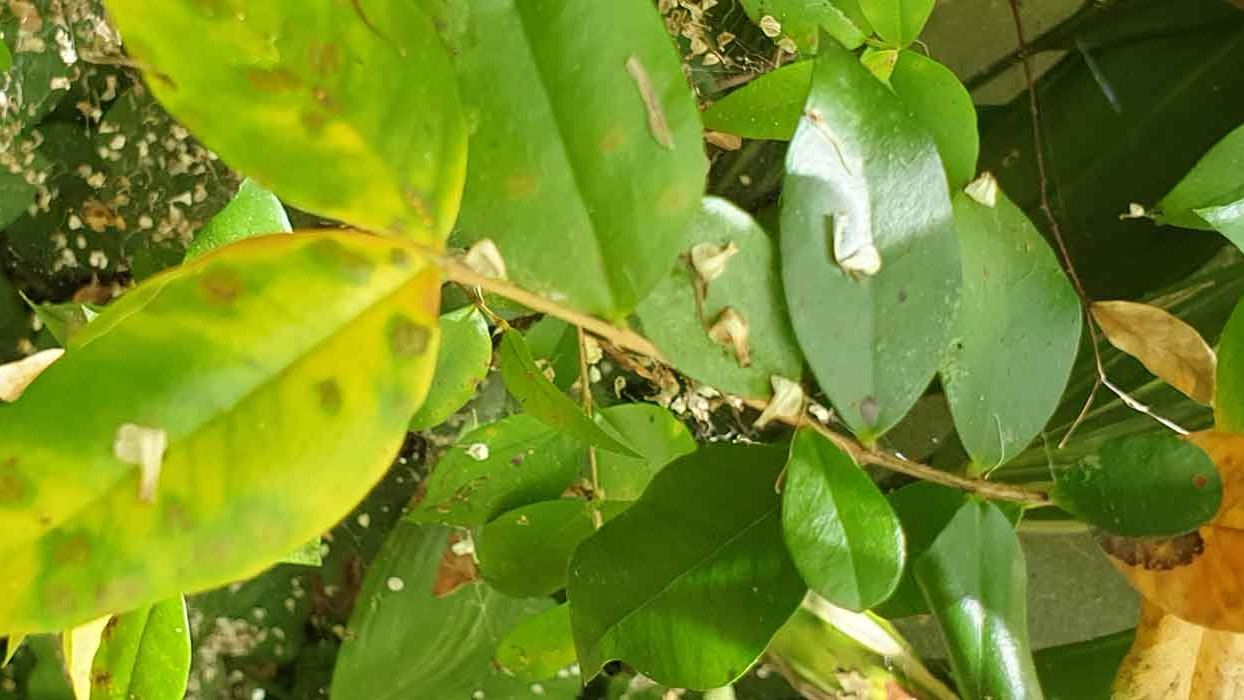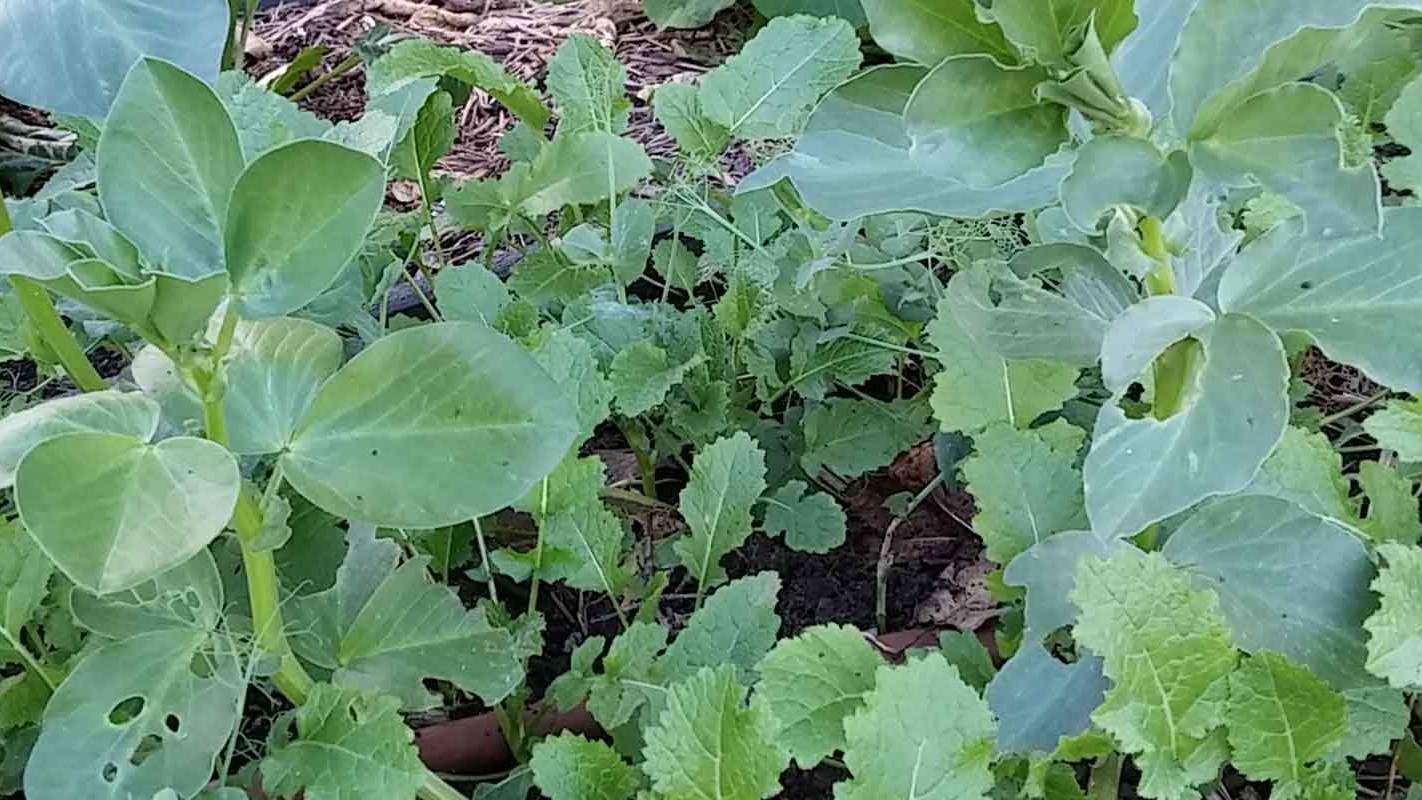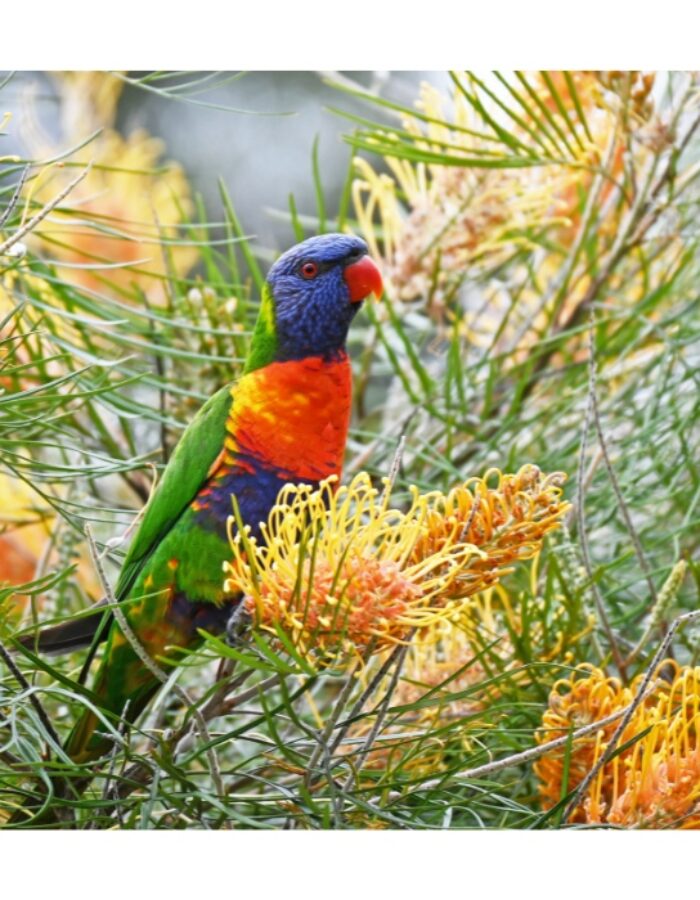What we do in the garden has many impacts on our natural environment. In thinking about design it is important to consider if it fosters biodiversity, if maintaining it will use more water than our rather arid continent can support, if it avoids contributing to the spread of invasive plants, if it will need pesticides or herbicides which will enter stormwater and pollute waterways. Here are some tips to get your garden on the sustainability track right from the beginning.
When establishing or renewing gardens, the first thing to do is to develop a concept of the layout and what you want from the garden. Do you really want or need an expanse of lawn with beds for shrubs just around the edges? What are the features of gardens that contribute to sustainability? There’s lots to consider – low environmental impact materials, water conservation, provision of habitat for wildlife, energy efficiency to name just a few.
Citizen Science: A Pathway to Gardening Success and Biodiversity Conservation
In recent years, the realm of science has experienced a remarkable transformation, one that invites people from all walks of life to participate…
A Sustainable Gardener’s Guide to Thrifty Gardening
Creating an eco-friendly and cost-effective garden involves more than just nurturing plants; it's about adopting a sustainable approach that…
Wildflower gardens – What’s the buzz about?
In the quest for sustainable and environmentally conscious practices, gardening enthusiasts and nature lovers alike are turning to a time-tested…
Thriving in the Heat: Managing Plant Heat Stress
As the mercury rises, your garden confronts the challenge of heat stress. Understanding how various plants respond to heat and employing appropriate…
No Mow Lawn
Traditional lawns, often characterised by their lush, manicured appearance, have long been the norm in Australian landscaping. However, an exciting…
Why Living Trees Suddenly Fall Down
It is quite common that in winter or after big storms we wonder why living trees suddenly fall down. In June 2021 in Victoria, savage storms swept…
Prevent Pests in Your Garden
If you can prevent pests in your garden you will save time, resources and money as well as helping your garden flourish. Effective pest control is…
No Dig Veggie Gardens
On a recent trip to my local shopping centre (one of those monolithic structures so big it has its own postcode) I was shocked to discover…
VIDEO SNIPPET: Where have all the small birds gone?
Why are small birds on the decline? What can you do to attract them? This SGA Video Snippet takes a quick look at what factors contribute to a…
Soil as a Carbon Store
Rather than regarding soil as just a medium for growing plants, we should also be viewing soil as a carbon store. This means that it is an important…
Controlling Mosquitoes Sustainably
Controlling mosquitoes sustainably in gardens is a challenge now that many parts of eastern Australia are experiencing such high rainfall.…
Water Smart Gardening 101 Video
Sustainable Gardening 101 Video Series PART 4: Water Smart Gardening As the climate changes we need to take extra care to design water smart gardens.…
Indigenous plants for reducing insect decline
A steep drop in insect numbers since the 1970s has environmentalists very concerned. While we might not miss some species - mosquitoes and termites…
Myrtle Rust is a Spreading Problem
Myrtle rust is a spreading problem in Australia. It is a fungus, Puccinia psidii, which affects plants in the family Myrtaceae. While there are…
Green Manure
If you have a bit of space in your garden, growing green manures or cover crops is a great way to improve soil fertility and add organic matter to…

